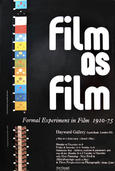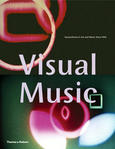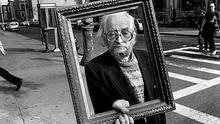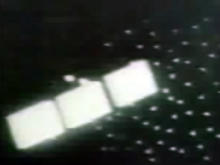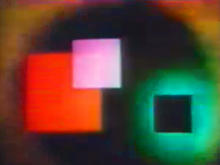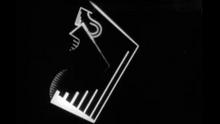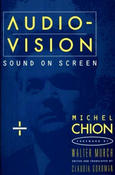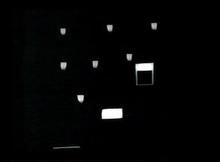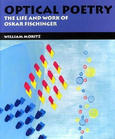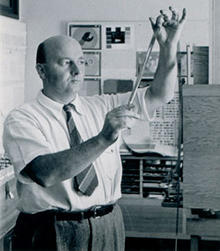American Magus: Harry Smith
(1996)demonstrates how differently Harry Smith appeared to friends from each circle, offering personal recollections that present a multidimensional, largely contradictory picture of the man.
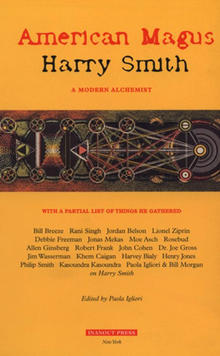
The book American Magus is a work in progress. The editor, Paola Igliori is an Italian from Rome who has become a New Yorker by adoption. A student of art and an artist herself, she knew Harry Smith during the late '80s and was at his side at the moment of his death. She managed to collect some information from him and tried to understand the man and his works. As she wrote in the preface, "This book is only a scratching of the surface. It hopes to be direct, simple traces of Harry, a live map of different points of entrance in the labyrinth. I hope it will be a pathfinder for other more in-depth works."
The book opens with two essays, one by musician, computer designer and writer Bill Breeze, and another by the aforementioned Singh. They have the function of creating a minimum of order and information on the subject which the reader must then pursue through drawings, photographs, reproductions, manuscripts, interviews with curators and friends and colleagues of the artist, and documents of various kinds, ending with a list of the innumerable and chaotic objects left by the deceased. Among the interviews I would recommend that with Jordan Belson, another solitary and retiring genius of non-objective animation who evokes the period from 1946 to the early 1950s when he and Smith were coming of age in Berkeley and San Francisco; that of Jonas Mekas, New York guru of the avant-garde cinema, who was close to Harry during the early 1960s and beyond; that of Rosebud, who was the spiritual wife of a man who never showed much interest in sex; and that of the poet Allen Ginsberg.
One hopes that in the near future scholars will succeed, slowly and methodically, in putting in order, dating and numbering the rest of the works of Harry Smith, and will hopefully recover at least a portion of the lost materials. That would be good, but in any case this American Magus certainly preserves for us, at least in part, the anarchy, volcanic freedom, and lightning of this alien with the superior mind that never once considered the possibility of following some current trend.
(Translated from Italian by William Moritz)
Source: Animation World Magazine
ISBN-10: 0962511994
ISBN-13: 978-0962511998
